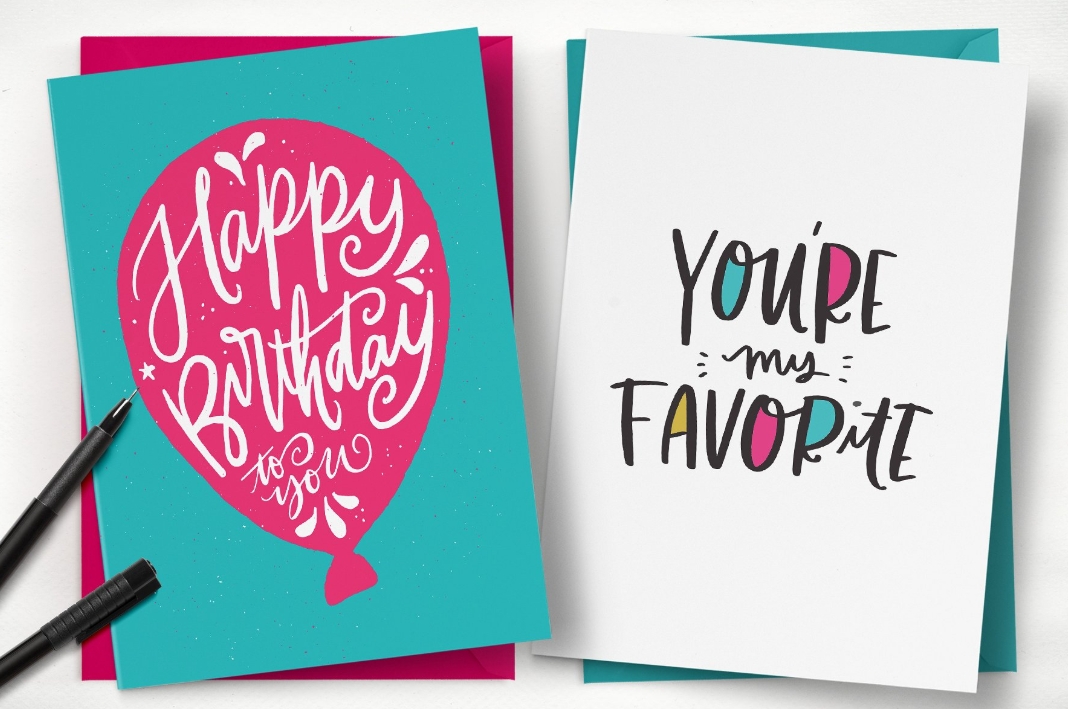① Overall concept. When constructing a concept, attention should be paid to the ease of use of the structure, such as the convenience of opening, viewing, and using greeting cards. The main design elements must closely adhere to the main purpose of the greeting card, such as using warm toned images for birthday cards and adding corresponding image elements for holiday cards.

② Determine the structural sketch and the materials used. If conditions permit, it is recommended to draw a brief structural sketch by hand when encountering complex structural requirements, and indicate how the structural functions are implemented. Because greeting cards/postcards should maintain a certain width and be suitable for writing information on one side, it is recommended to choose cardboard with a weight of not less than 180g/m2.
③ Collect image materials. The main issue to note in the process of graphic design is that in order to ensure printing quality, the selection and combination of images should be no less than 300dpi as much as possible. Due to the consideration of later cutting issues, cutting and bleeding should be reserved.
④ Layout and printing. This process is usually completed by the printing manufacturer. It is recommended to request the printing manufacturer to provide a digital sample for verification before copying, so as to have a good idea of the product quality before printing.
⑤ Post press processing. The post printing processing of greeting cards is a diverse process, and the commonly used methods include cutting, creasing, die-cutting, hot stamping, and polishing.
